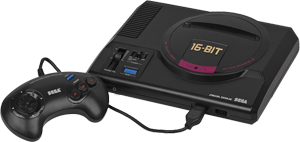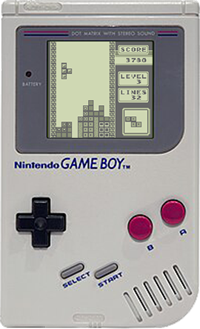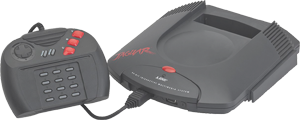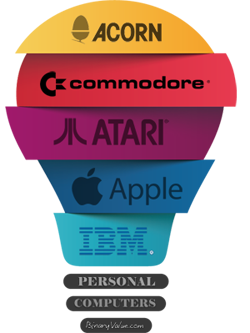Released in Japan in 1988 and in North America in 1989, the Sega Mega Drive is the successor of the 8-bit Sega Master System. Originally designed to compete with Nintendo’s NES and NEC’s PC Engine, it ultimately became the primary rival to the Super Nintendo Entertainment System (SNES).

- Released in Japan as the Mega Drive and in North America as the Genesis
- Launch Price (US, 1989): $189 – about $470 in 2025
- Units Sold Worldwide: Over 30.5 million units
- Successor: Mega Drive 2 (released in 1993), though many fans still consider the original Mega Drive the best version.
Atari Lynx: The First Color Handheld Console

The Atari Lynx was released in the U.S. in September 1989, and in Europe and Japan in 1990. It was the first handheld game console with a color LCD screen. Production stopped in 1995.
- Originally sold for $179.99 (about $440 in 2024 money)
- Around 2 million units were sold worldwide
Game Boy (GB) and Game Boy Color (GBA)

Released in April 1989, the Game Boy is an 8-bit handheld game console developed and manufactured by Nintendo. Its immense success kept it in production until 2003.
- Launch Price (US): $89.99 (approx. $212 in 2023 money)
- Total Sales: Approximately 118.5 million units sold worldwide (Game Boy and Game Boy Color combined)
Atari Jaguar Games Console

Released in November 1993 and discontinued in 1996, the Atari Jaguar was a 32-bit video game console notable for its advanced hardware and unique architecture. Despite being marketed as "the only 64-bit system," it was, in fact, a 32-bit system with 64-bit elements in its memory architecture. The Jaguar featured four specialized processors capable of delivering high-quality graphics and sound but proved challenging for developers due to its complex design.
- At launch, the Jaguar was priced at $249.99 in the U.S. (equivalent to around $530 in 2023 money)
- It is estimated that 150,000-250,000 units were ever sold







